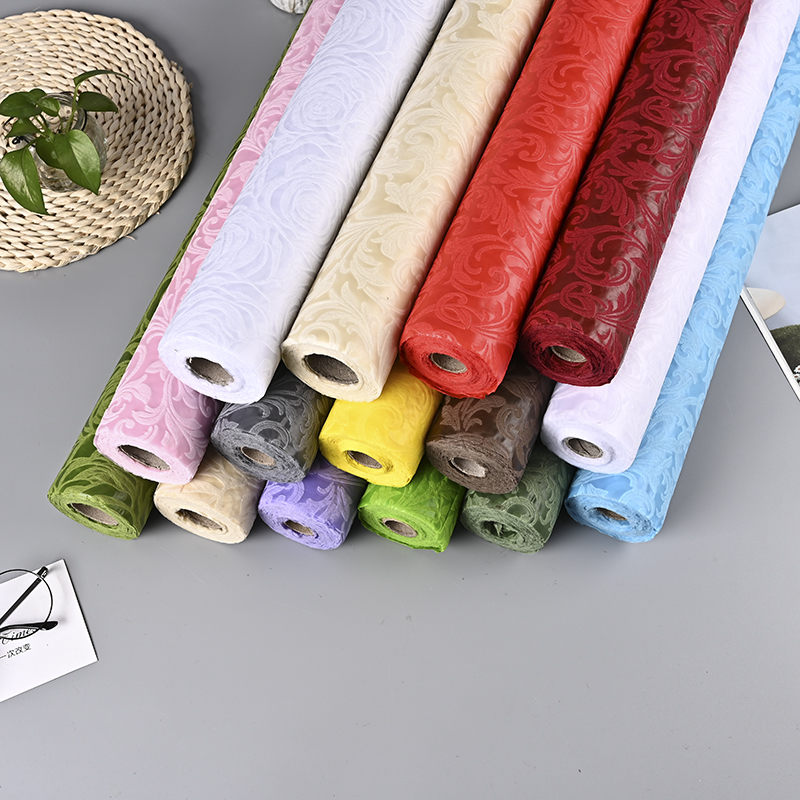Tessuto non tessuto goffrato, una meraviglia contemporanea nel mondo del tessile, è un materiale ingegnerizzato che unisce estetica e funzionalità. Questo tipo unico di tessuto ha sconvolto i tradizionali metodi di produzione tessile, offering a myriad of possibilities for various industries ranging from healthcare to fashion, hygiene products to home furnishings. The process of embossing imparts a distinctive visual appeal and tactile texture to nonwoven fabrics, enhancing their utility and performance characteristics.
Understanding Embossed Nonwoven Fabric

Nonwoven fabrics are manufactured through processes that entangle fibers together without weaving or knitting them. These fabrics can be made from synthetic materials like polypropylene, poliestere, or natural fibers such as cellulose, and have become increasingly popular due to their cost-effectiveness, versatility, and rapid production capabilities.
Embossing, on the other hand, involves imprinting a pattern or design onto the surface of the nonwoven fabric using heat and pressure. This transformative technique creates raised or recessed designs, giving the material a three-dimensional effect that simulates textures found in nature or designed patterns that cater to specific applications.
Advantages and Applications of Embossed Nonwoven Fabric
1.Aesthetics: Embossing adds a visually appealing touch to nonwovens, making them more attractive for decorative purposes. It’s often used in wallpaper backing, furniture upholstery, and automotive interiors where appearance plays a significant role.
2.Enhanced Performance: The embossed patterns can improve the fabric’s properties, such as increasing absorbency, air permeability, or providing a grip surface. For instance, in medical and hygiene products like diapers and sanitary napkins, embossed channels enhance fluid distribution and absorption.
3.Customization: The embossing process allows for high levels of customization. Different patterns can be created to suit specific product requirements, like diamond-shaped embossing for increased strength in packaging materials or soft-touch embossing for luxury wipes.
4.Consumer Comfort: In personal care products like wet wipes or adult incontinence products, embossing can create a softer feel, improving user comfort and satisfaction.
5.Marketing Differentiation: Brands can use unique embossed designs to differentiate their products in crowded markets. Customized embossing patterns serve as brand identifiers, much like logos or trademarks.
6.Environmental Considerations: Many embossed nonwoven fabric are recyclable and biodegradable, aligning with sustainability goals across multiple sectors.
The Future of Embossed Nonwoven Fabric
As technology continues to advance, so does the sophistication of embossing techniques. With the advent of digital printing and precision embossing machines, the scope for intricate designs and innovative functionalities in nonwovens is expanding exponentially. Furthermore, the ability to control the depth, shape, and size of the embossing patterns opens up new avenues for research and development in areas such as filtration, protective clothing, and advanced wound care dressings.
Embossed nonwoven fabric represents a harmonious blend of artistry and scientific innovation. Its unique features make it a versatile choice across diverse applications, transforming everyday items into sophisticated products that marry form with function.Manufacturers continue to refine this technology, the potential of embossed nonwovens will undoubtedly push the boundaries of what we consider possible in the realm of modern textiles.